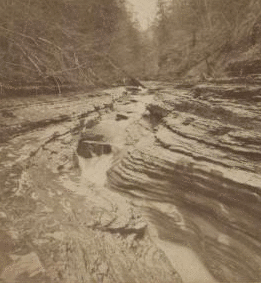 |
| a 26-month-old hairy baby was one of the attractions on
show at the freak circuses around the mid-1800s in New York |
 |
| four-legged myrtle corbin. presumably she had two sets of female genitalia |
 |
| Eddie Masher, "the skeleton dude" |
 |
| 'Big-footed' Fanny Mills |
 |
Anne Leek, the armless lady, joined a freak show to earn a living
|
around mid-19th century, both in england and the US, "freak shows" finally reached maturity, as successful commercially run enterprises. PTBarnum in the US was a major producer of freak entertainment. in 1842, PTB introduced his first major hoax, a creature with the head of a monkey and the tail of a fish, known as the "feejee" mermaid. PTB followed that with the exhibition of charles ctratton, the dwarf. "General Tom Thumb" who was then four years of age but was stated to be 11.
 |
| charles ctratton, the dwarf "general tom thumb" |
charles had stopped growing after the first six months of his life, at which point he was 25 inches (64 cm) tall and weighed 15 pounds. with heavy coaching and natural talent, the boy was taught to imitate people from hercules to napoleon. by five, he was drinking wine and by seven smoking cigars for the public's amusement.
my point is that "freak" is a "design" for the masses. part entertainment, part exotic, part wondrous, at the fringes of admissible and the society of the normal. as instrumentalized as they were, these creatures were admired, a social phenomenon which played in both directions.
















